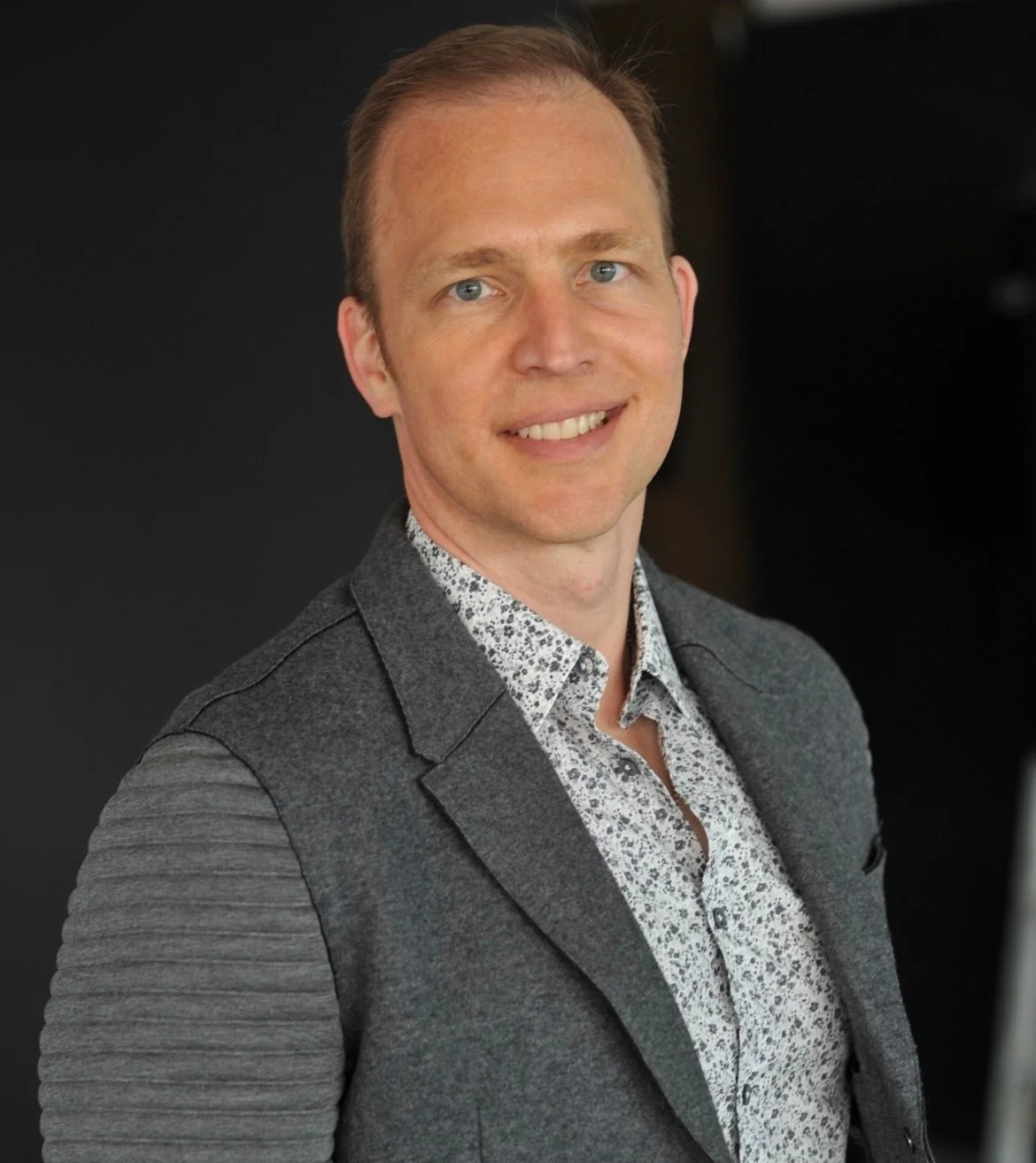Study Reveals Higher Levels of PFAS Exposure Among Asian Americans
A recent study has shed light on concerning disparities in the exposure to per- and polyfluoroalkyl substances (PFAS), often referred to as "forever chemicals," among various ethnic and racial groups in the United States. The research, conducted by a team of experts from Mount Sinai, utilized an innovative methodology to measure PFAS exposure, offering insights that challenge conventional perceptions of these exposure patterns.
The research findings unveiled a startling reality: Asian Americans face significantly higher levels of PFAS exposure compared to other racial and ethnic groups. The median PFAS exposure levels for Asian Americans were found to be a staggering 88.5 percent higher than those of non-Hispanic white Americans. This discovery, often obscured by conventional measurement techniques, prompts a necessary reevaluation of how we address PFAS exposure disparities.
According to The National Center for Biotechnology Information, cancer is the leading cause of death among Asian Americans, setting them apart from other racial and ethnic groups in the U.S. where heart disease holds that position.
Shelley Liu, a leading PFAS researcher and the study's primary author from Mount Sinai, emphasizes the importance of recognizing exposure variations across diverse communities. Liu asserts, "We should think about exposure heterogeneity when we think about quantifying people’s cumulative PFAS burden to make sure that things are fair for everybody." PFAS, commonly utilized in creating products resistant to water, stains, and grease, have been associated with serious health concerns, ranging from cancer to birth defects and decreased immunity. Their persistence in the environment has earned them the moniker "forever chemicals."
Curiously, the study highlights that the reasons behind the heightened PFAS exposure among Asian Americans remain unclear. However, Liu suggests that dietary habits, particularly the consumption of fish, a known source of PFAS exposure, might play a significant role. Additionally, the researchers speculate that immigration history and varying PFAS regulations across different countries could contribute to these differences.
Inequities in exposure measurement have serious implications for public health interventions. Failure to address these disparities could result in overlooked vulnerabilities within communities, limiting our ability to effectively mitigate the impact of PFAS exposure. Liu states, "Then we may be missing a population where we could intervene to reduce health impacts of PFAS."
The study also uncovered noteworthy findings related to income disparities. Lower-income Asian Americans displayed higher median PFAS exposure levels compared to their wealthier counterparts. Interestingly, higher-income individuals across the broader population exhibited elevated PFAS exposure burdens, underscoring the intricate interplay of socioeconomic factors.
Moreover, the research demonstrated that Mexican Americans and other Hispanic Americans had 88.5 percent and 30.8 percent lower median PFAS burdens respectively when compared to non-Hispanic white Americans. No significant difference was observed in PFAS exposure levels between non-Hispanic Black and non-Hispanic white individuals.
Dietary practices and cultural factors appear to be integral components influencing the disparities in exposure to "forever chemicals," as revealed by the recent study. Shelley Liu, the study's lead author, underscores the complexity of the issue, stating, "It might be a mix of many different things ranging from dietary sources of PFAS, or in food packaging. There’s culturally different types of foods that my family eats too. And we just don’t really know because they’re imported."
Anna Reade, a prominent scientist specializing in PFAS at the Natural Resources Defense Council, concurs that cultural and dietary elements could contribute to these disparities. She points out that freshwater fish, often linked to PFAS contamination, could play a pivotal role. A 2017 report published in Environmental Health Perspectives revealed that Asians had the highest fish consumption among major racial groups. Reade explains that freshwater fish could have elevated PFAS levels due to their habitat being contaminated. However, both Liu and Reade acknowledge the challenges of mitigating exposure, given the absence of robust regulations on synthetic chemicals in the U.S.
Promisingly, there are policy initiatives that could influence federal regulations. For instance, Maine enacted a law mandating manufacturers to report products containing intentionally added PFAS. Furthermore, the state aims to ban the sale of such products by January 1, 2030. In the European Union, a proposal surfaced to ban "forever chemicals," even in imports, signaling a potential shift towards safer products on a global scale. Liu emphasizes that manufacturers operating internationally could phase out PFAS to align with these evolving regulations.
While addressing PFAS exposure and urging transparency from manufacturers are vital steps, Reade contends that the onus should not solely fall on consumers to avoid these harmful chemicals. She asserts, "The goal should be that we are making our products safer in the first place. Part of that is stopping the use of PFAS unless it’s absolutely essential for health and safety and functioning of society."
As we grapple with the implications of "forever chemicals" on public well-being, these findings emphasize the urgency of comprehensive investigations and tailored interventions to ensure the equitable safeguarding of all communities.
***
Yvon Lux is the editor of her Apple News channel covering triumphs and challenges of the modern woman. Her “blogazine” celebrates sisterhood and empowers women by focusing on women’s health, travel, lifestyle, and entrepreneurial news while also sharing the most coveted beauty news and style stories.
Yvon’s upcoming Lifestyle Magazine will stylishly tell stories of trailblazers and tastemakers.
As an entrepreneur and influencer, she has been featured in LA Times, Thrive Global, OC Register, Modern Luxury Magazine, and more. Connect with her on Instagram and subscribe to her Apple News channel.








